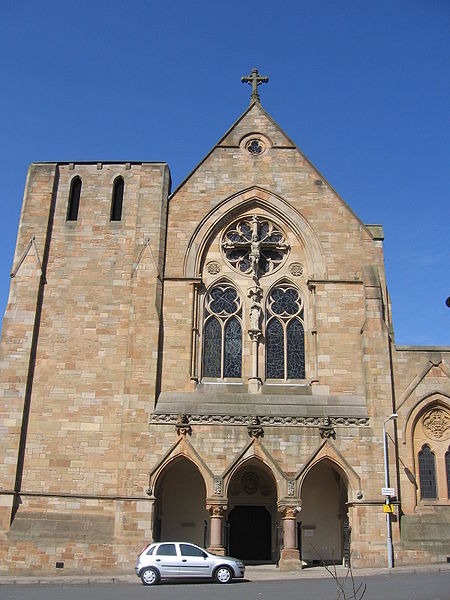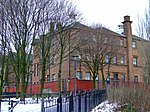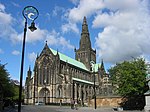St Mungo's Church, Glasgow
1850 establishments in Scotland19th-century Roman Catholic church buildings in the United KingdomCategory B listed buildings in GlasgowGeorge Goldie church buildingsGothic Revival church buildings in Scotland ... and 8 more
Listed Roman Catholic churches in ScotlandListed churches in GlasgowPassionist OrderReligious organizations established in 1850Roman Catholic churches completed in 1877Roman Catholic churches in GlasgowRoman Catholic churches in ScotlandUse British English from November 2017

St Mungo's Church is a Roman Catholic Parish Church in the Townhead area of Glasgow, Scotland. It was built in 1841, with later work done on the church in 1877, and designed by George Goldie. It is situated on the corner of Parson Street and Glebe Street, east of St Mungo's Catholic Primary School and west of the Springburn Road. It was founded by the Passionists, is a Gothic Revival church and is a category B listed building.
Excerpt from the Wikipedia article St Mungo's Church, Glasgow (License: CC BY-SA 3.0, Authors, Images).St Mungo's Church, Glasgow
Parson Street, Glasgow Townhead
Geographical coordinates (GPS) Address External links Nearby Places Show on map
Geographical coordinates (GPS)
| Latitude | Longitude |
|---|---|
| N 55.8657 ° | E -4.2381 ° |
Address
Saint Mungo's
Parson Street 58
G4 0RX Glasgow, Townhead
Scotland, United Kingdom
Open on Google Maps









